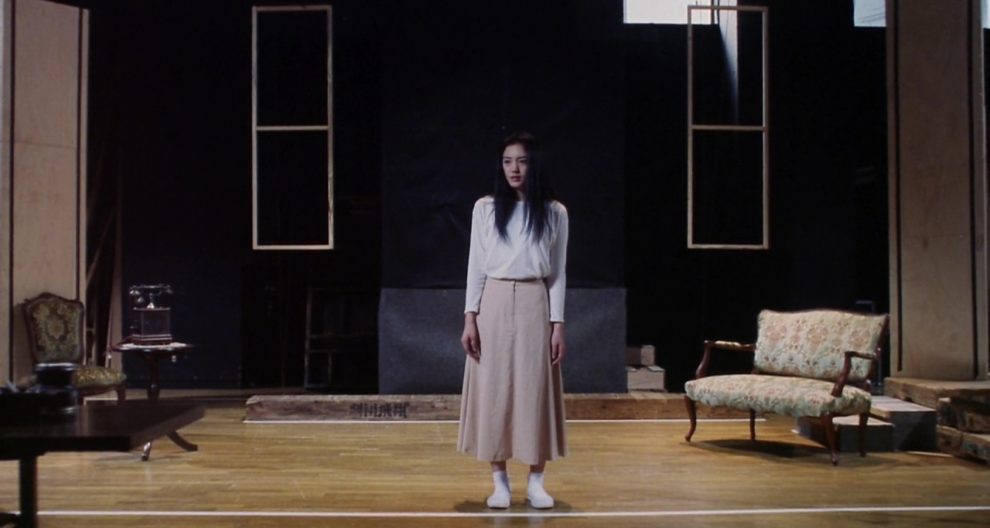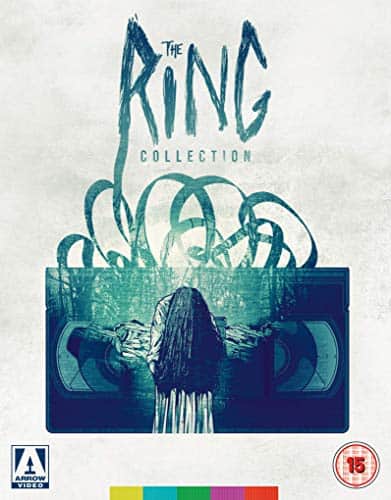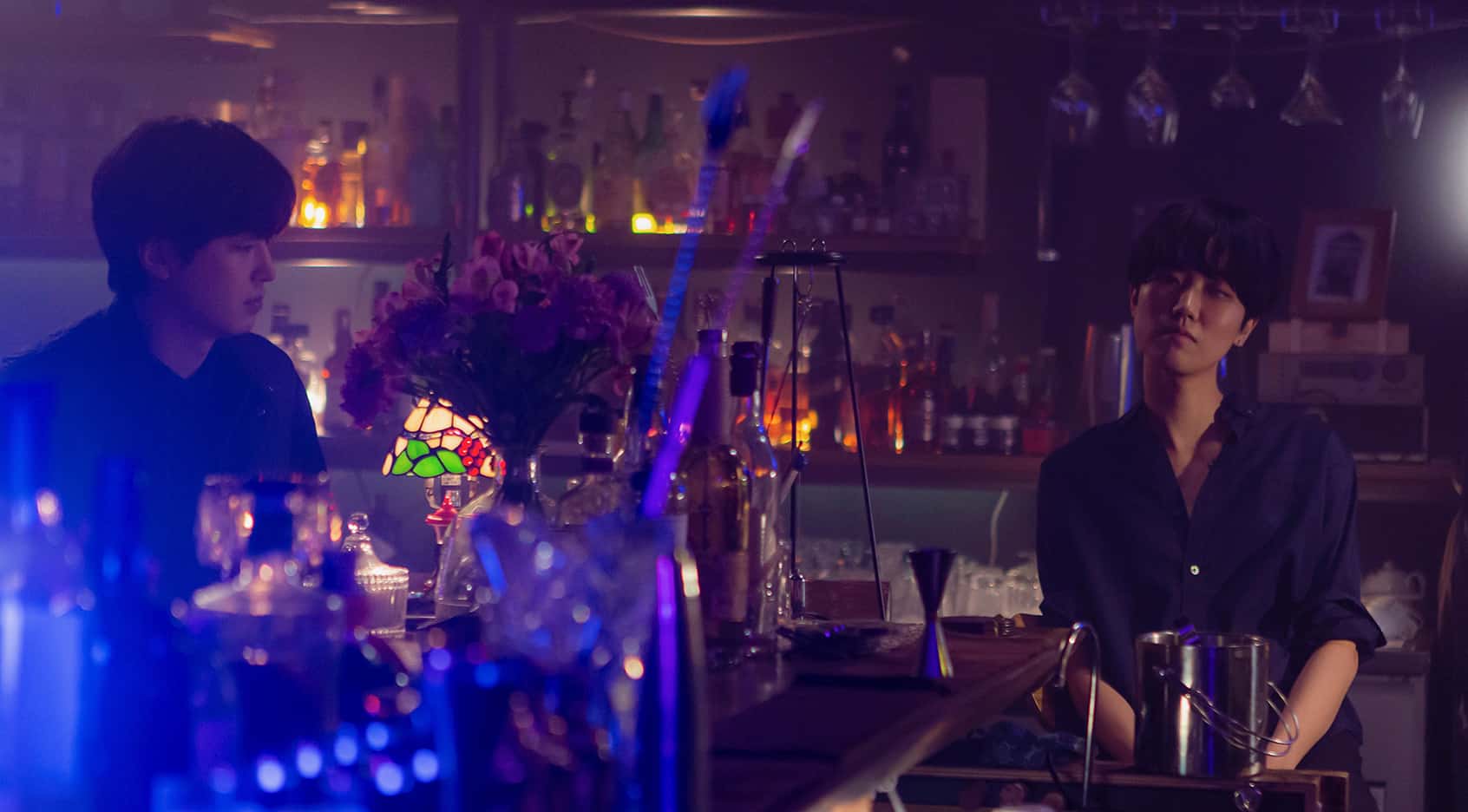Based on Koji Suzuki's “Birthday”, which collects three short stories that fill in details of the story of “Ring”, the third cinematic entry of the original movie trilogy saw a change in the helm, from Hideo Nakata to Norio Tsuruta, which resulted, unfortunately, to the worst part of the series at the time.
Buy This Title
The story takes place 30 years before the events of the first two movies, where Akiko Miyaji, the fiancé of a fellow reporter who was killed during Shizuko's infamous ESP demonstration, is researching the event and particularly Sadako, by talking to her former teachers and eventually to a psychiatrist who is treating her. In the meantime, 19-year-old Sadako has joined a theatrical troupe as an understudy, as a therapy to her nightmares suggested by her doctor. Her hard work and her undeniable beauty have made her popular with both the director, Yusaku and the sound director, Hiroshi. The same however does not apply to the women of the group, with her senior, Aiko and Hiroshi's girlfriend, Etsuko, truly despising her. When the former is found dead under mysterious circumstances, and Sadako takes her place in the lead role, the girl becomes the center of antipathy, which eventually turns into hate, despite the support of Hiroshi. In the meantime, Akiko finds out more about the girl's past.
While Hideo Nakata focused more on creating an overall atmosphere of horror, resulting from an overall question about what exactly is going on, Tsuruta picks a rather less subtle approach that seems to loan more from American horror movies, and particularly “Carrie” and less from the previous installments, which were those that essentially established the J-horror wave. This choice has a rather negative impact to the narrative, as the story is quite predictable, at least the main arc of the theater troupe, while there are moments that can only be described as cheesy, such as the touching of palms between Sadako and Hiroshi. Furthermore, the ending lags significantly and for no apparent reason, the overall explanations borders on the simplistic, and overall, the whole thing ends up being totally unconvincing.
The film is not without merits however. The concept of racism, and particularly the kind that turns against anyone that is outside of the norm, jealousy, the mentality of the mob and the resulting violence are presented rather well throughout the narrative, with the scene in the dressing room after the premiere being quite impressive, and definitely the best in the movie. Yukie Nakama is also imposing on occasion, with the choice of having her not talking too much working quite well, both in terms of the horror emitted by her apathy and for allowing her evident beauty to shine as eloquently as possible. Lastly, Takahide Shibanushi's cinematography offers some very intriguing shots, with the sea, the well, and the aforementioned one being the highlights.
That is all there is, however, for a movie that is as underwhelming as possible, and definitely a number of levels lower than its predecessors.

















